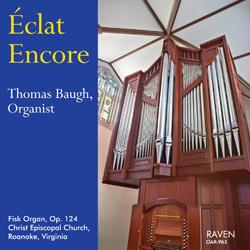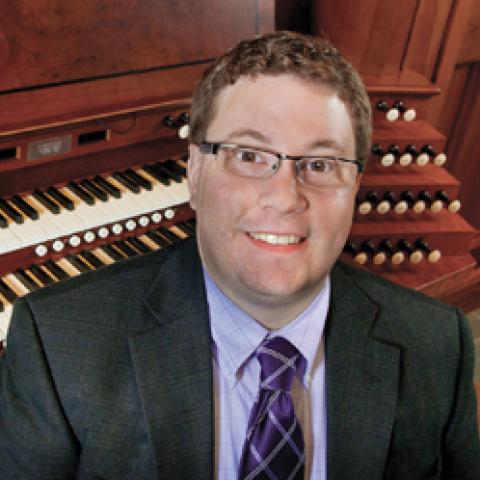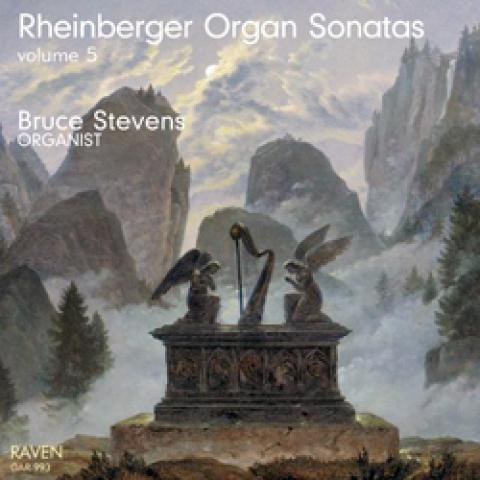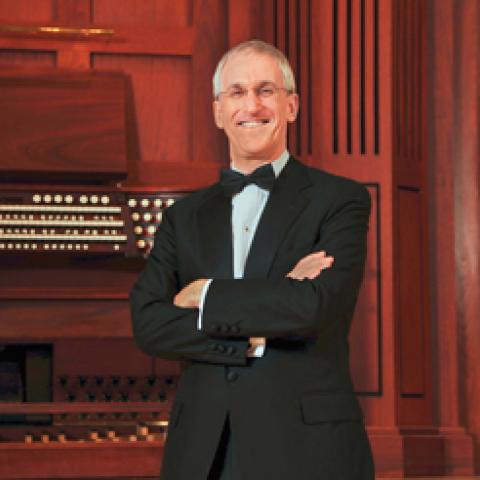
Raven Recordings announces the release of Éclat Encore, which features Thomas Baugh, organist and choirmaster at Christ Episcopal Church in Roanoke, Virginia, playing the church’s Fisk pipe organ, Opus 124 (two manuals and pedal, 27 voices, 39 ranks, 1,940 pipes).
The recording includes Mendelssohn, Prelude and Fugue in C Minor, op. 37, no. 1; Gibbons, Fantasia No. 10 in A Minor; de Grigny, Ave maris stella; Franck, Prélude, fugue et variation, op. 18; Earl Wild, Embraceable You (No. 4 from Seven Virtuoso Etudes on Gershwin Songs); Gerre Hancock, A Meditation on Draw us in the Spirit’s Tether; and Reger, Fantasia on Wachet auf! ruft uns die Stimme, op. 52, no. 2.
Thomas Baugh is a graduate of the University of Central Oklahoma and received the Master of Music degree from Westminster Choir College; he has studied organ with John Mueller, Bruce Stevens, Gerre Hancock, and in Lyon with Louis Robilliard.
The CD is available from www.RavenCD.com and also from the Organ Historical Society. For information: www.ravencd.com.





